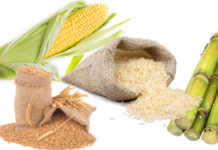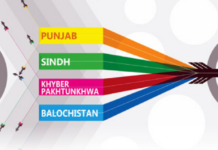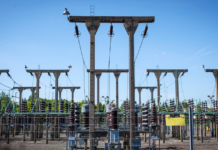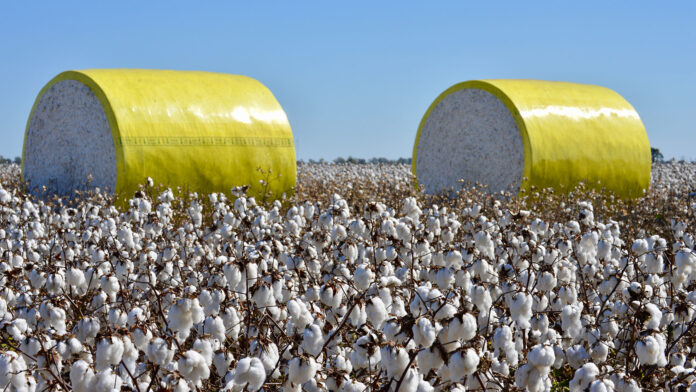A new satellite-based programme is set to provide accurate crop cultivation figures, aiming to resolve persistent discrepancies in Punjab’s cotton production data. The initiative, planned for launch next year, is expected to help stakeholders make better decisions on imports, exports, and agricultural planning.
According to a news report, the Special Investment Facilitation Council (SIFC) will oversee the project in collaboration with China and the Land Information and Management System (LIMS), established in 2023 to optimise agriculture through technology and sustainable practices.
The programme addresses a longstanding controversy over the methodology used by the Punjab Crop Reporting Service (CRS) to estimate cotton output. CRS figures have consistently been higher than those reported by the Pakistan Cotton Ginners Association (PCGA), raising questions about accuracy.
For FY25, CRS reported 609,000 bales of seed cotton harvested in Punjab by July 31, while PCGA recorded just 301,000 bales. CRS officials say their estimates use GPS-enabled tools, randomised sampling, and FAO-endorsed methodologies, including ground truthing, whereas PCGA counts only cotton delivered to operational ginning factories.
CRS Director-General Dr Abdul Qayyum explained that PCGA figures do not account for cotton held at farms, transferred to other provinces, or stored by stockists. He also noted that under-invoicing at ginning factories has further undermined accuracy. The CRS has requested the Federal Board of Revenue to implement a system ensuring real-time reporting at all ginning factories.
In parallel, the All Pakistan Textile Mills Association (APTMA) has expressed interest in taking over the Pakistan Central Cotton Committee (PCCC). Sources say a recent meeting chaired by Deputy Prime Minister Ishaq Dar resolved pending financial matters between APTMA and PCCC.
If approved, the takeover could accelerate research into high-yielding and climate-resilient cotton varieties, potentially boosting per-acre yields.
Meanwhile, rainfall across major cotton-growing regions has reduced the availability of high-quality cotton, raising prices by Rs200–300 per maund to Rs16,400–16,600 in local markets. Cotton Ginners Forum Chairman Ihsanul Haq warned that further depreciation of the Pakistani rupee against the US dollar could push prices higher.























